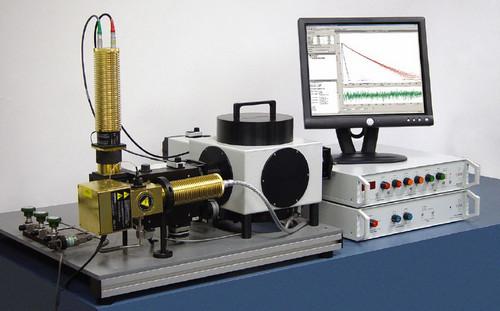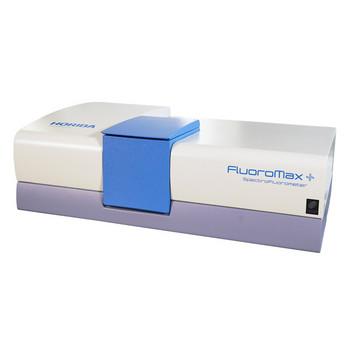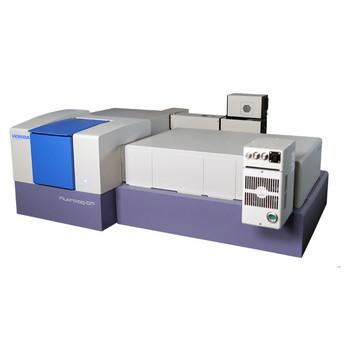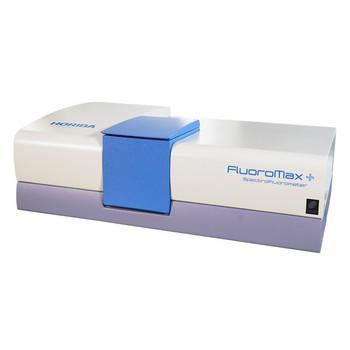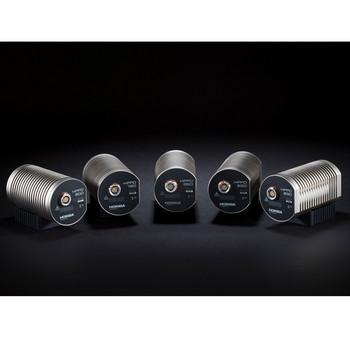
This product has been discontinued and is no longer available. You can still access this page for informational service purposes.
DeltaTime
TCSPC Lifetime Kit
Fast, flexible and affordable plug-in TCSPC lifetime system for HORIBA Steady State Instruments, outperforming any other multifunctional fluorescence system on the market, integrating accessories with the widest array of picosecond light sources
The DeltaTime time correlated single photon counting (TCSPC) lifetime plug-in offers acquisition speed, flexibility, and affordability unavailable in any other multifunctioanl fluorescence solution on the market. DeltaTime seamlessly integrates monochromators, polarizers, and other accessories with the widest array of sources (LEDs, laser diodes, supercontinuum lasers) and detectors (including NIR), providing lifetime coverage from 25ps to 1sec over wavelengths spanning the UV to NIR.
The culmination of over 40 years of lifetime experience, DeltaTime highlights include: the fastest sources (up to 100 MHz), the widest lifetime ranges (ps to sec), virtually unlimited configurability and advanced lifetime analysis software. DeltaTime is part of our Delta series - truly the next generation of fluorescence lifetime systems.

 This product has been discontinued and is no longer available. You can still access this page for informational service purposes.
This product has been discontinued and is no longer available. You can still access this page for informational service purposes.














